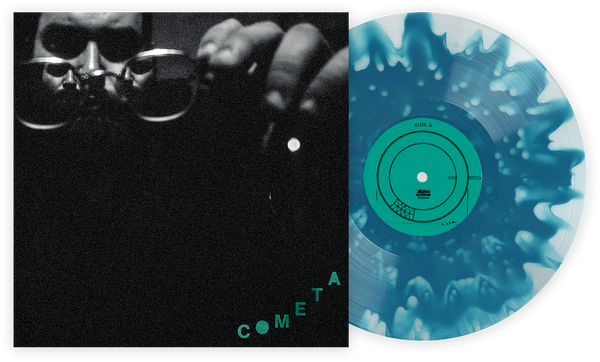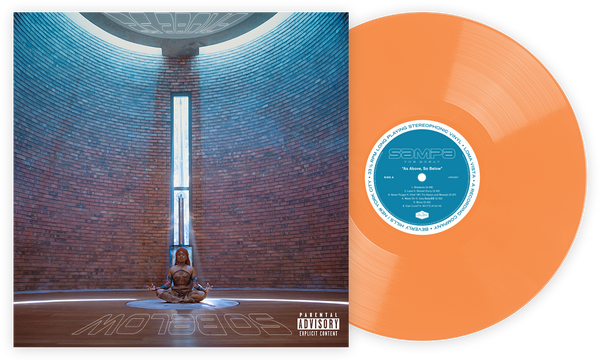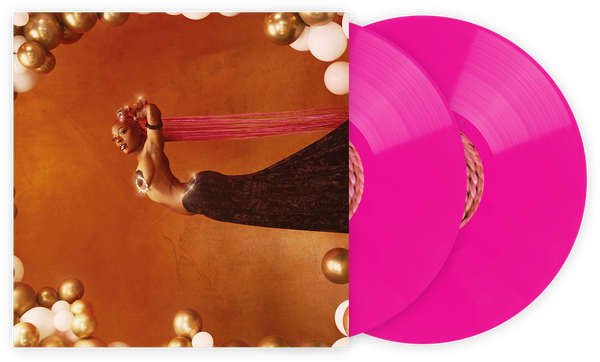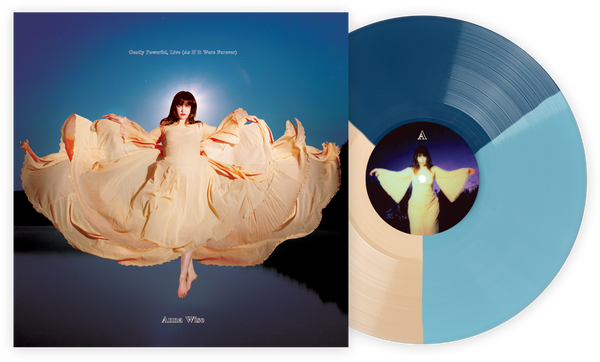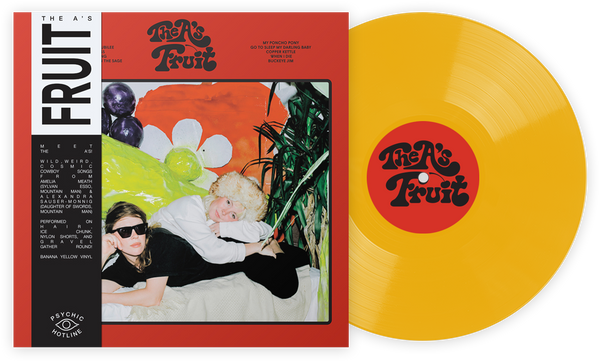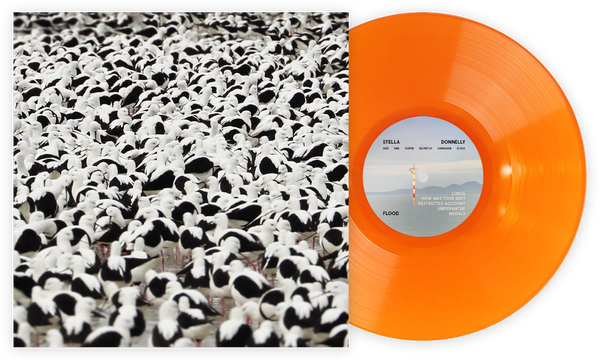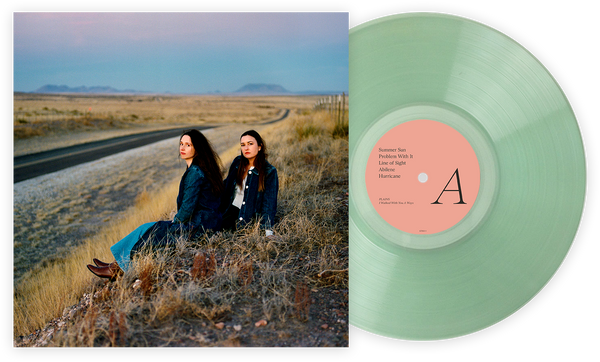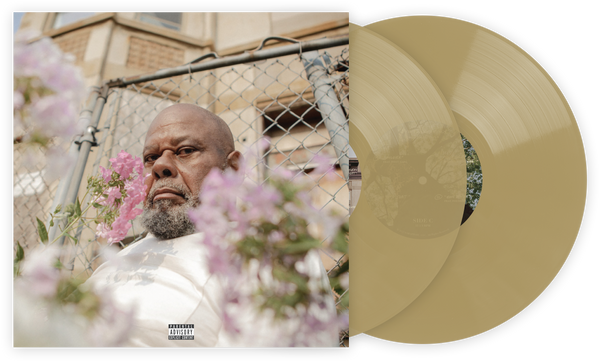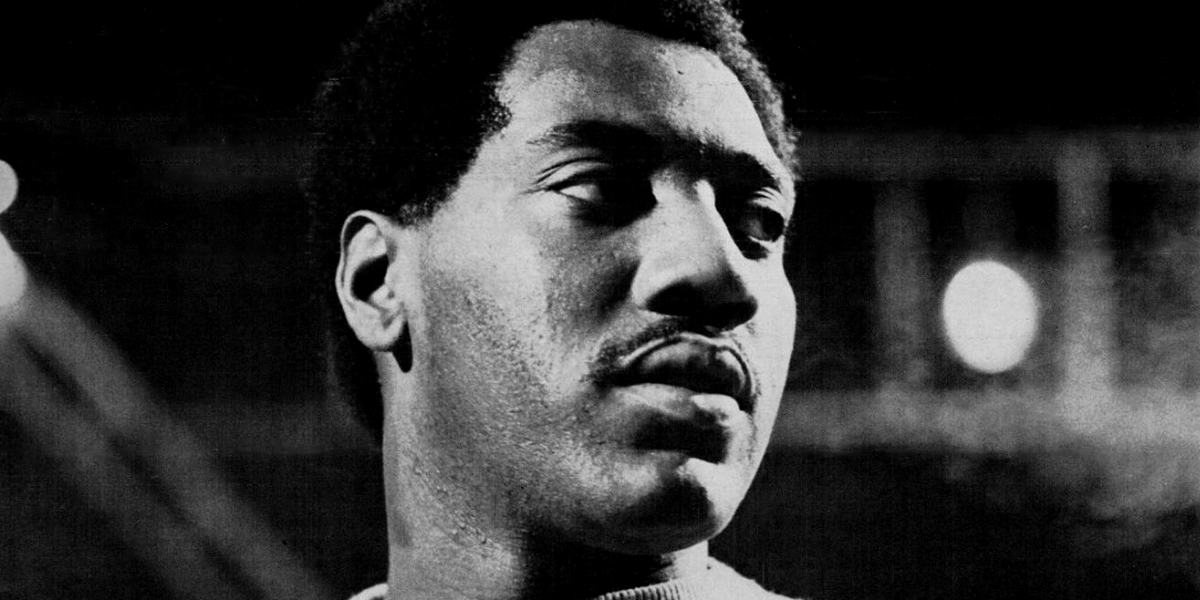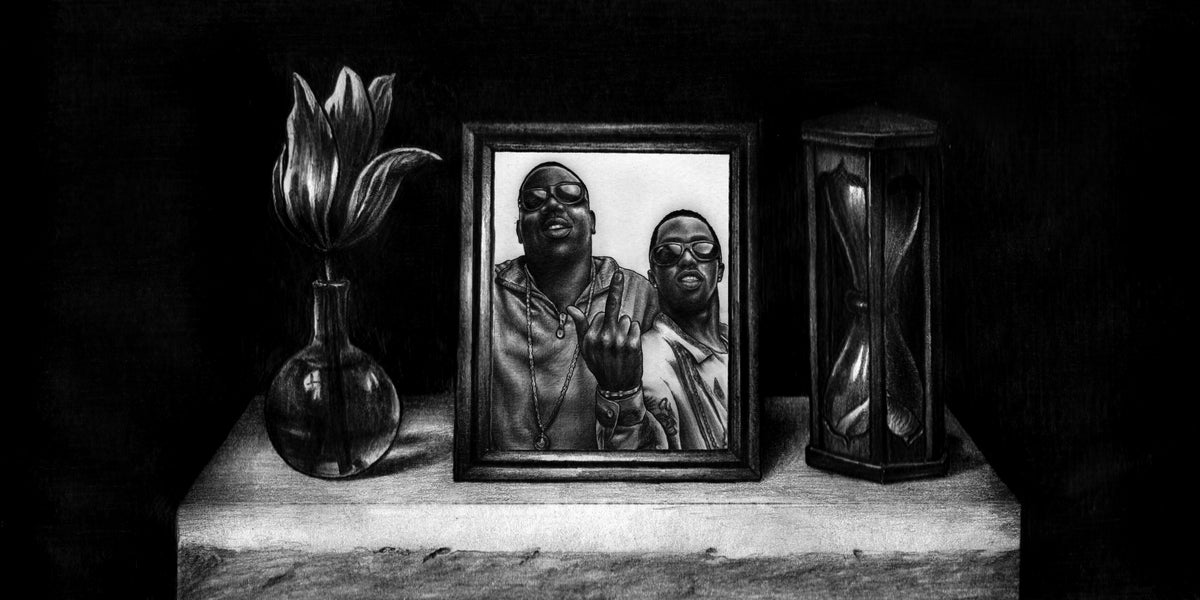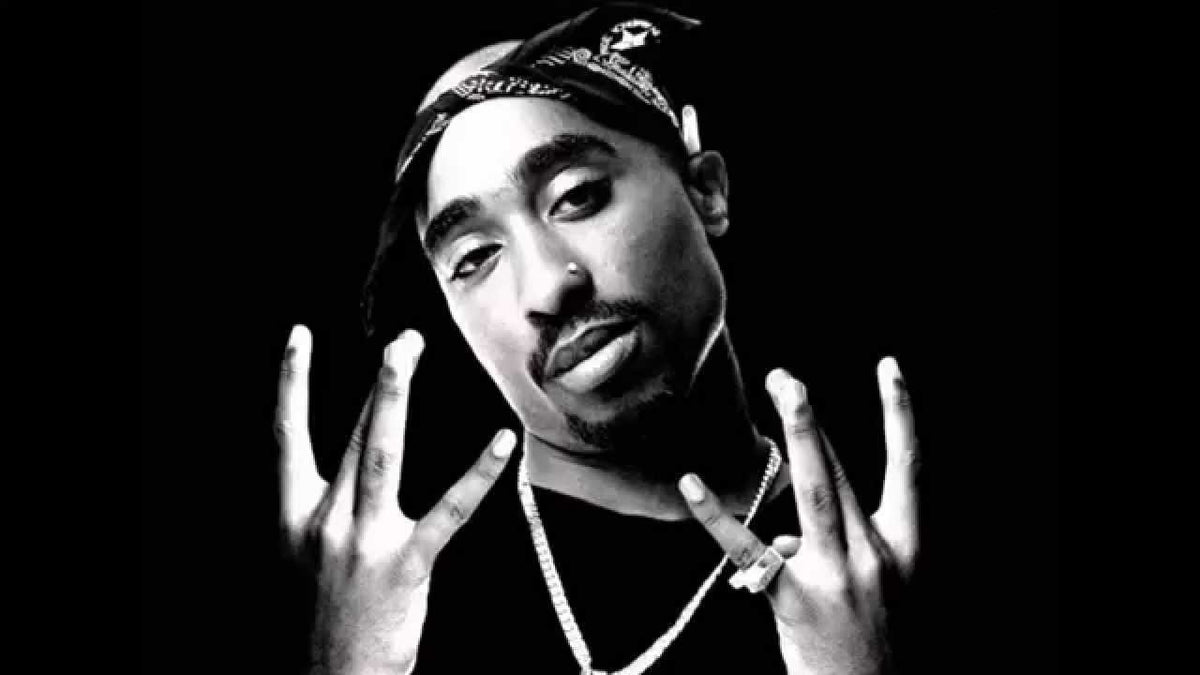The posthumous album can be many things: a carefully-curated collection of hidden gems which not only preserve an artist’s legacy but extend it, a cohesive studio effort recorded before an untimely passing, or a hotchpotch of outtakes, demos and unfinished ideas never originally intended for public consumption.
Sadly, it’s the latter cynical cash-in approach which seems to be the norm. Producers behind 2010’s Michael were accused of imitating the King of Pop with a soundalike session singer. Elvis Presley, Dean Martin and Bob Marley have all been subjected to beyond-the-grave duets albums with partners nowhere near their same league. And Kurt Cobain’s Montage of Heck reduced the angst-ridden voice of a generation to an incoherent stoner obsessed with making fart noises.
Thankfully, not every posthumous album is a blatant exercise in exploitative barrel-scraping. In the week that Prince’s Piano and a Microphone 1983 hits the shelves, here’s a look at 10 which sit comfortably among the respective late artist’s best work.

Elliott Smith: From a Basement on the Hill
As with the five LPs Elliott Smith released in his all-too-brief lifetime, From a Basement on the Hill is an uncompromising, and at times truly harrowing, listen. Indeed, given the tragic circumstances surrounding the Oscar-nominated songwriter’s death, it’s difficult not to interpret this 2004 release as essentially a 15-track suicide note. Smith’s battles with depression, drugs and deep-rooted self-doubt are all heavily alluded to, likewise his turbulent relationship with musician and girlfriend Jennifer Chiba, on an uncomfortably intimate record which appears to perfectly capture his disturbing emotional state. But although its combination of stark acoustic balladry and woozy psychedelic rock unsettles throughout, Smith proves that his talent for achingly beautiful melodies still remained until the end — with the blissful harmonies of “Pretty (Ugly Before)” and the achingly fragile “Twilight” particular highlights. The first and only Smith album to crack the U.S. Top 20, From a Basement on the Hill is a vital record in its own right.

Otis Redding: The Dock of the Bay
Setting the template for the likes of Jimi Hendrix and Tupac, Otis Redding released almost as many studio efforts after his death than before it. Arriving just two months after he lost his life in a plane crash at the tender age of 26, 1968’s The Dock of the Bay was the first of five official LPs which prolonged his recording career, and it’s undoubtedly the finest. Here, well-worn standards such as Jimmy Cox’s “Nobody Knows You (When You’re Down and Out)” and Billy Hill’s “The Glory of Love” are given a new lease of life by Redding’s sublime impassioned tones. While the all-time classic “(Sittin’ On) The Dock of the Bay” — the first-ever U.S. posthumous chart-topper — and poignant closer “Ole Man Trouble” showed that Redding was just as majestic a songwriter as he was a soulman. Consisting of singles, B-sides and a smattering of previously unreleased tracks, The Dock of the Bay may not be particularly cohesive, but it cemented Redding as the heart and soul of Stax.

Joy Division: Closer
Joy Division’s second album is best remembered by some for a track that it didn’t even feature — released just weeks previously, bona fide indie classic “Love Will Tear Us Apart” was actually a stand-alone single. However, there’s plenty on Closer which matches the thrilling raw urgency of the band’s signature, and only, hit. Sure, its nine tracks are still unremittingly bleak. But whereas predecessor Unknown Pleasures dealt almost solely in oppressive goth rock, these nine tracks saw the proud Mancunians experiment further with the kind of propulsive electronic beats and energetic synths that would define their later reinvention as New Order. Who knows whether the band would have continued to head further toward the dancefloor had baritone-voiced frontman Ian Curtis not taken his own life just two months before the album dropped. But Closer is the sound of a band totally in control.

Tupac Shakur: The Don Killuminati: The 7 Day Theory
The Coachella hologram, the ill-advised duets with Elton John and Dido, the hastily-assembled compilations designed to squeeze every last cent from his name. The prolific posthumous career of Tupac Shakur has had its fair share of questionable moments. But his first move from beyond the grave was actually worthy of bearing one of his many monikers. Recorded under the guise of Makaveli in just seven days, The Don Killuminati: The 7 Day Theory was originally only intended to be a tongue-in-cheek underground release. But following his shocking, if somewhat inevitable, murder in Las Vegas in 1996, its 12 tracks were given a mainstream push, leading to a third consecutive U.S. chart-topper. Although dismissed by critics at the time, its menacing brand of Cali-funk has deservedly since been re-evaluated. The likes of J. Cole and 50 Cent have hailed it as an all-time favorite, while conspiracy theory-sparking tracks like “Bomb First (My Second Reply)” and “Against All Odds” — not to mention the album cover’s controversial crucifixion pose — only helped add to the Tupac mythology.

The Notorious B.I.G.: Life After Death
The Notorious B.I.G.’s archives haven’t been raided quite as shamelessly as his similarly ill-fated arch-rival. Only four posthumous albums have surfaced since the rapper was gunned down in a drive-by shooting at just age 24, and the first was originally planned to hit the shelves when he was alive. The eerily-titled Life After Death — which eventually saw the light of day two weeks after Biggie’s passing — is also the East Coast hip-hop scene’s ultimate blockbuster. Clocking in at an epic 109 minutes, its 24 tracks feature a who’s who of mid-’90s rap heavyweights (Puff Daddy, Bone Thugs-n-Harmony, Ma$e, Lil Kim, a young JAY-Z), dozens of classic soul samples (including multiple nods to Diana Ross and Al Green) and two monster chart-topping singles (“Hypnotize,” “Mo’ Money, Mo’ Problems”). And yet thanks to that distinctive booming voice, mellifluous flow and witty storytelling that inspired a generation, Biggie commands all the attention throughout.

J Dilla: The Shining
A very different kind of hip-hop artist was cut down in his prime nearly a decade later when pioneering beatmaker J Dilla lost his life to a rare blood disease. Regarded as the producer’s producer, the man born James Yancey was three quarters through the way of his fourth studio effort at the time. But thanks to the respectful touch of longtime friend Karriem Riggins — who was approached by a terminally ill Dilla to assist with its completion — The Shining was eventually released six months later. Boasting guest spots from regular big-name collaborators (Busta Rhymes, D’Angelo, Dwele), its 12 tracks provide a curious listen. Opener “Geek Down” samples two classical symphonies performed by ’70s novelty act Temple City Kazoo Orchestra; “So Far to Go” is an expanded vocal version of Donuts standout “Bye” originally intended for a Common remix; and closer “Won’t Do” sees Dilla take the mic entirely by himself for the first time. It also serves as a fitting testament to a man who quietly changed the shape of hip-hop forever.

Gram Parsons: Grievous Angel
Despite the tragic circumstances surrounding its recording — Parsons died of a fatal overdose just days after its completion — Grievous Angel went by pretty much unnoticed on its 1974 release. But its pioneering blend of country, folk, rock and soul, dubbed by the man himself as “Cosmic American Music,” has since attained cult classic status. Featuring members of Elvis Presley’s Hot Band, former Flying Burrito Brothers bandmate Bernie Leadon and regular touring partner Emmylou Harris, the nine-track set often sounds like Parsons and friends simply jamming in the studio. But alongside the feel-good hoedown of “Ooh Las Vegas” and good old-fashioned barroom anthem “I Can’t Dance,” Grievous Angel can pull on the heartstrings too. “Brass Buttons” is a poignant lament to his late mother, Harris duet “Love Hurts” is a gorgeously emotive cover of the Everly Brothers classic and the haunting “In My Hour of Darkness” is essentially a self-penned eulogy. The comparisons to Bob Dylan were well-earned.

Chris Bell: I Am the Cosmos
Like Parsons, Chris Bell didn’t receive the recognition he deserved in his lifetime. The tortured soul left the power pop poneers he founded, Big Star, after just one album (1972’s seminal #1 Record) over fears he was being overshadowed by the other half of his Lennon/McCartney-esque partnership, Alex Chilton (although he’s since been hailed as a major influence by everyone from Beck to Teenage Fanclub). And his only solo effort was released 14 years after a fatal car crash saw him join the macabre collective known as the 27 Club. Yet I Am the Cosmos still possesses more gems than most of his peers managed in their decade-spanning careers. These not only include Big Star-esque anthems such as “Fight at the Table” and “Get Away,” but heartbreaking, introspective numbers including “Look Up” and “You And Your Sister”— the latter featuring a surprising guest vocal from Chilton — which strongly hinted at the troubles that lay behind his undisputed musical genius.

Roy Orbison: Mystery Girl
Roy Orbison had spent nearly two decades in the musical wilderness before the triple whammy of David Lynch’s Blue Velvet, a re-recording of his greatest hits and The Traveling Wilburys giving him an unexpected second wind. Sadly, the hopeless romantic never got the chance to fully experience his career revival when he died from a heart attack just months before the release of his comeback album proper, Mystery Girl. Songs written by Bono and The Edge (“She’s a Mystery to Me”), Elvis Costello (“The Comedians”) and supergroup bandmates Tom Petty and Jeff Lynne (“California Blue” and instant classic “You Got It”) all helped to bring Orbison’s swoonsome rock ’n’ roll into the late 1980s. While the family affairs of “In the Real World” (co-produced with wife Barbara) and “The Only One” (co-penned by son Wesley) both helped to showcase that distinctive vocal shimmer at its finest. Few artists end up delivering their most successful album, both critically and commercially, 28 years on from their debut, but there’s little mystery as to why Orbison’s swansong struck such a chord.

Janis Joplin: Pearl
Whereas Janis Joplin’s previous recordings had often relegated her raspy powerhouse tones to second fiddle, her second album pushed them firmly center stage. Featuring both backing musicians (The Full Tilt Boogie Band) and a producer (Paul A. Rothchild) she had personally selected, Pearl was undoubtedly the sophomore she wanted to record. And although it’s not always particularly pretty — the vocal strain caused by her $200-a-day drug addiction is all too audible on “Mercedes Benz,” (a track Joplin recorded just three days before her fatal overdose in 1970) — it’s always compelling. Indeed, Joplin’s reputation was built on the kind of earthy, electrifying and emotionally charged vocal presence that always sounded like it could shatter into pieces at any given moment anyway. And these 10 tracks, including posthumous chart-topper “Me and Bobby McGee,” showcases it in all its raw glory.
Jon O'Brien is a freelance writer from the North West of England. His work has appeared in the likes of Paste, The Guardian and Allmusic. He's also a vinyl enthusiast, soccer fan, Netflix addict, Icelandophile, semi-competent drummer and carrot cake connoisseur.
Related Articles
Join the Club!
Join Now, Starting at $36Pages

